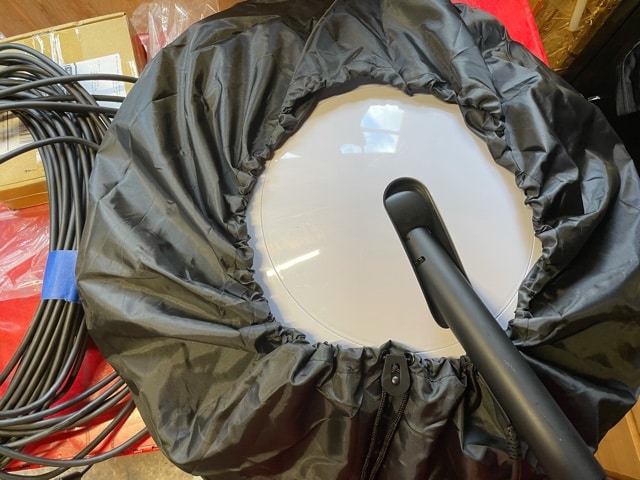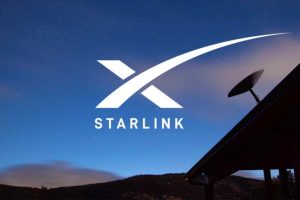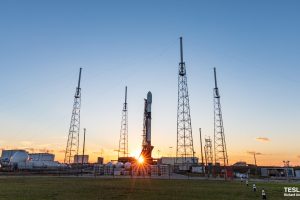Elon Musk says that “much higher download speeds” will be seen by SpaceX’s thousands of Starlink users as the company starts introducing “system updates.”
The upgrade is a sign that Starlink consumers can see the dividends of infrastructure upgrades, just the latest of the many ways that SpaceX’s first consumer-facing offering continues to leapfrog stalwart, monopolistic internet service providers (ISPs) around the world. It is more likely than not that local ISPs have more or less secured a monopoly of sorts for a large portion of fixed internet service customers around the world, have ample leverage over regulatory devices to destroy competition in the cradle, and have absolutely no interest in putting profits back into their networks or enhancing their customers’ experience.
Consumers have little option but to settle without solid, independent competition (or the imminent threat of it), and ISPs use that fulcrum to their maximum advantage, setting arbitrary data limits, raising costs, introducing secret service charges, investing only the bare minimum in infrastructure maintenance and improvements, and providing marginal customer care at best. With Starlink, the pledge is basically the opposite: it may cost a little more, the connection price may be considerably higher, and beta internet service may be intermittent and finicky, but the specific directive of SpaceX is to enhance the experience, improve service, and reduce customer-facing costs as much as possible.
Of course, the Starlink network of SpaceX is still firmly in the ‘beta’ stage of development for the time being, meaning that users will possibly experience regular outages, downtime, sluggish speeds, and high latency. This is particularly true as SpaceX is working to increase its customer base significantly, perhaps already occurring after the company opened (pre)orders to a significant portion of the global population.

It should go without saying that the expertise of SpaceX lies in aerospace engineering and development, not in developing and operating high-volume networks. As such, as Starlink’s user base steadily grows, it is fair to say that there will be several instances of teething issues, greatly raising the strain on the network at peak hours.
Starlink provides beta users routinely minimum speeds of 30-50 megabits per second (Mbps) and latency about 30-50 ms at the moment with proper setup, not great mass-market fiber or even copper, but much superior or equivalent to most current satellite, cellular, or DSL solutions. For others, this increases to 100-150 Mbps or more download speeds and mostly indistinguishable latency from a wired link. It is still fairly common to have a few minutes of accumulated downtime, although other users have recently seen download and upload speeds trending downwards although dramatically improving uptime and outages. Starlink still remains, in particular, free of data limits and deliberate throttling, although that may be subject to adjustment.
Musk also noted that Starlink service availability could spread to California’s Bay Area region by mid-2021, though he cautioned – as usual – that the service isn’t really meant for those with decent consumer connections already available – monopolistic provider or not. Following a rocket landing failure on February 15th, SpaceX was forced to postpone Starlink launches, but the company should be back in action as early as February 28th, promising to speed up the pace and extend the constellation’s scope to near-global coverage before the end of the year.





